
Filmpac Footage Contributor Program
Want to make money selling footage through a major stock footage platform like Filmpac? This page will walk you through the processs.
Continue ReadingBy Kevin Graham
If you’re after a specific type of shot, or if you’ve got a long day of filming ahead of you, the way that you rig your camera can make your life a lot easier.
And as far as modern cameras and camera gear, there are virtually endless combinations you can explore.
That can get a bit overwhelming, so today we’re going to show you 5 common ways to rig your camera.
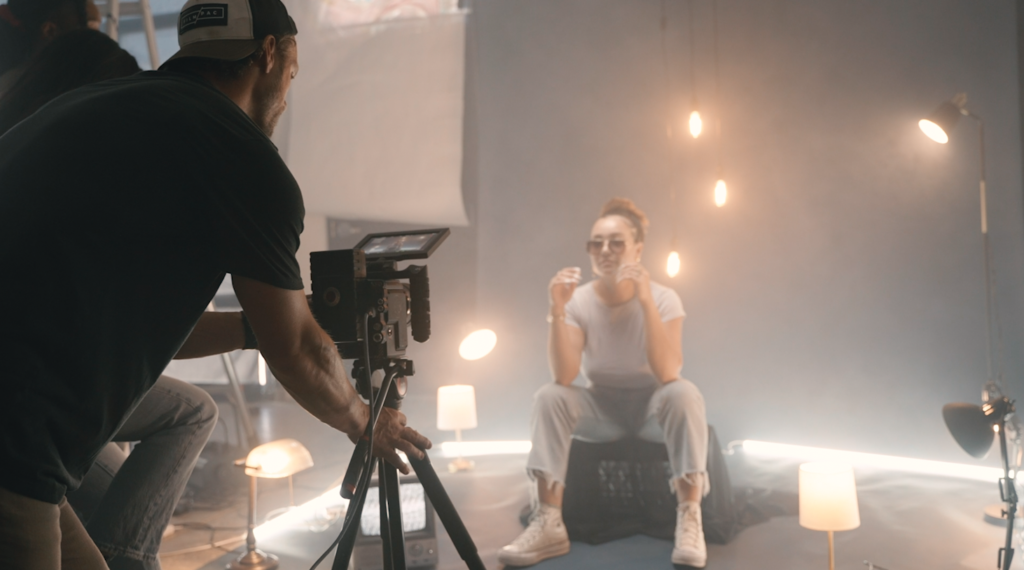
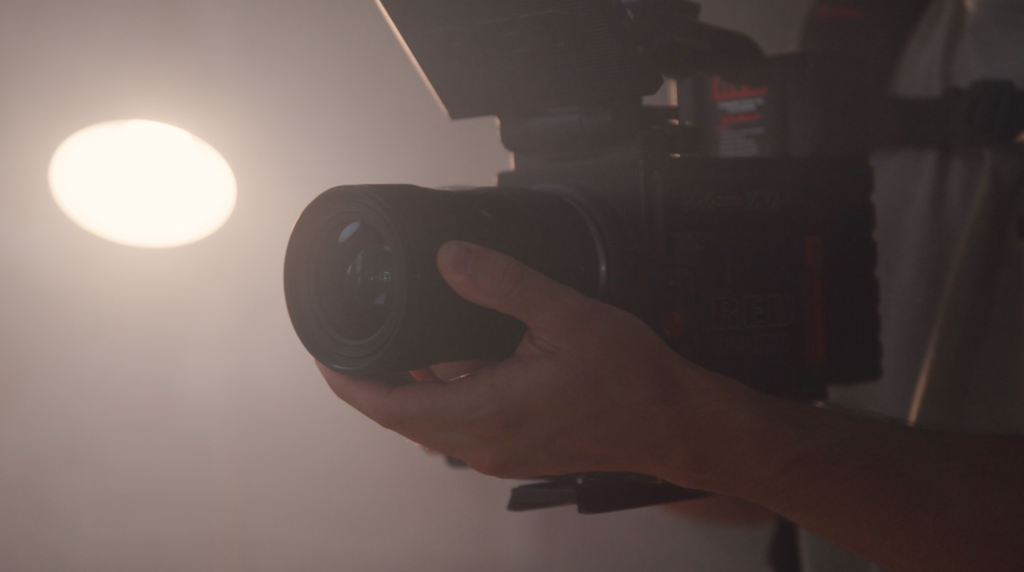
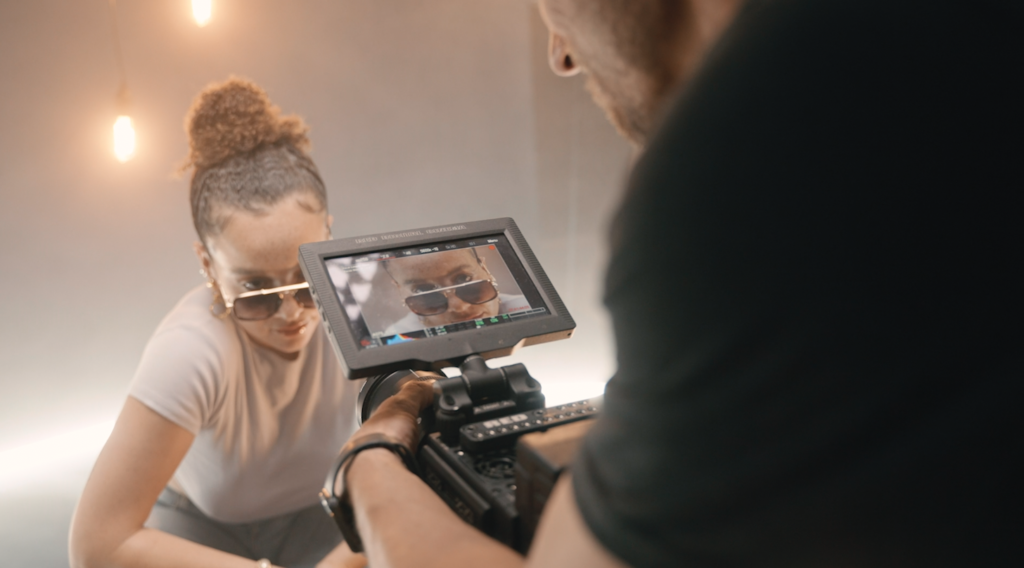
This is one of the most common “handheld” rigs for cinema cameras and DSLRs alike. Basically, you’re controlling the camera from the top, and letting gravity help you with pans and tilts.


This works great for getting the camera low to the ground, for handheld tracking shots, and for when you’re just flat-out tired.
Most cinema cameras will have attachment points on the camera body for a top handle. And DSLRs have a variety of cage setups available to create this rig as well.
One of the most traditional camera rigging options, the shoulder mount still has a prominent place in every type of video production.
Historically, shoulder mounts have been commonly used in live broadcast or news applications, because they’re so ergonomically-friendly.

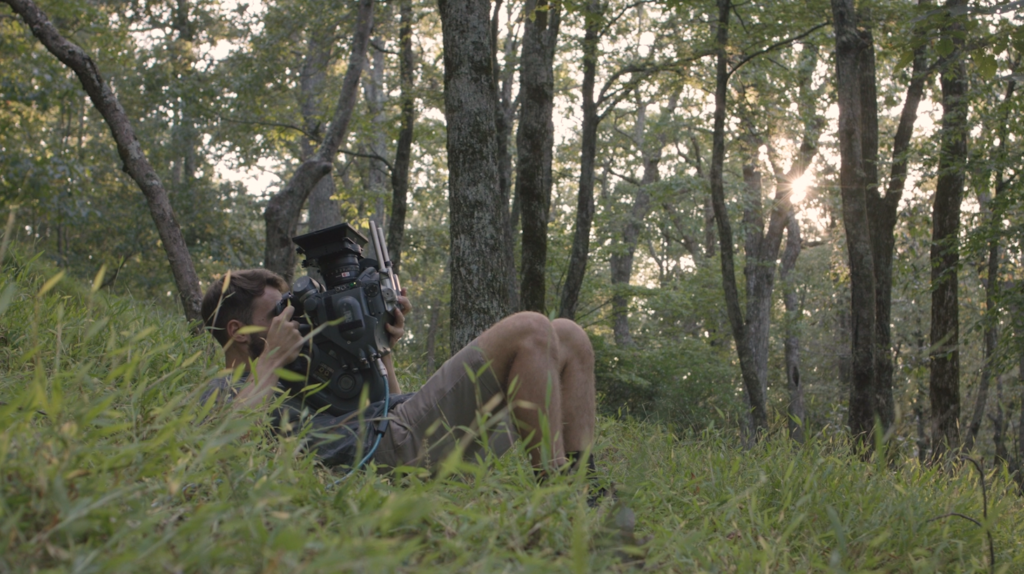
But basically any situation where you want the camera to be eye-level and handheld is a great use for this method. I’ve even had great luck shooting handheld, seated interviews this way.
And as far as composing a shot and keeping focus goes, it’s also usually easier to use a viewfinder than a monitor, especially in harsh lighting conditions.
This is a favorite among DSLR users. You can rig a handle on one or both sides of a camera, which allows for a smoother handheld feel and much more control over the direction of the camera.
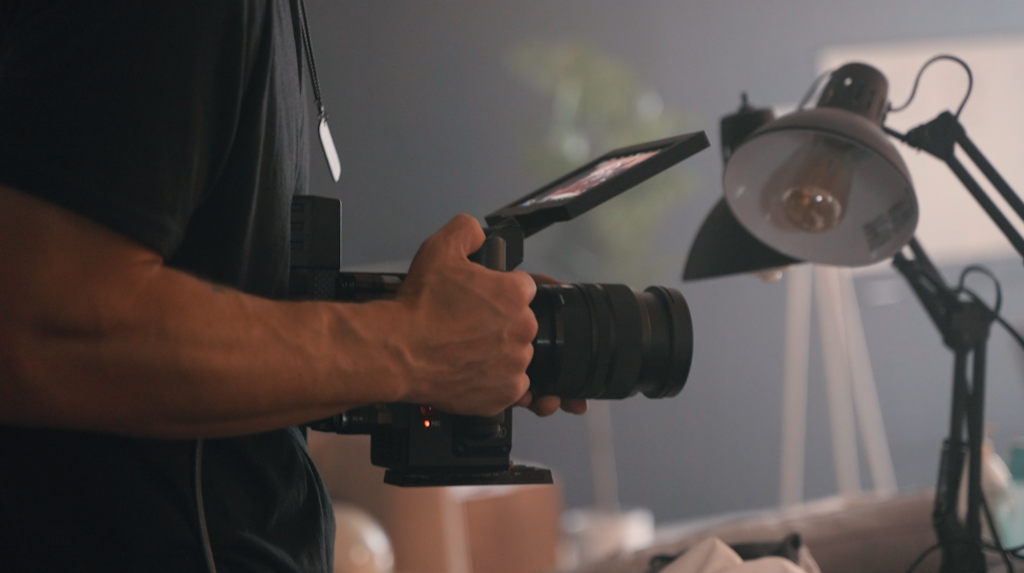
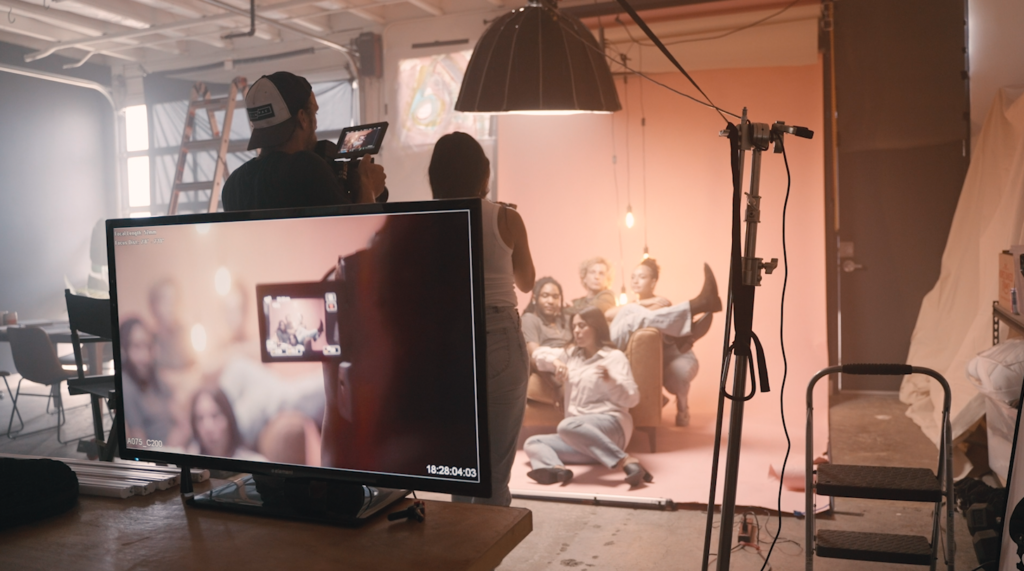
As previously-mentioned, a cage system works great for this, and you can even attach handles directly to the sides of certain camera bodies.
The downside to this method is the fact that it’s pretty physically taxing to be holding a camera in front of you for long periods of time.
But if you’re filming scripted content or have the ability to take breaks, the side handle is one of the most versatile handheld rigs out there.

Sometimes, you just need that smooth motion.
Whether you’re filming out of a vehicle or helicopter, or just need a more polished look, a gimbal will eliminate any shake or bumps, no matter how unsteady your hands and feet are.
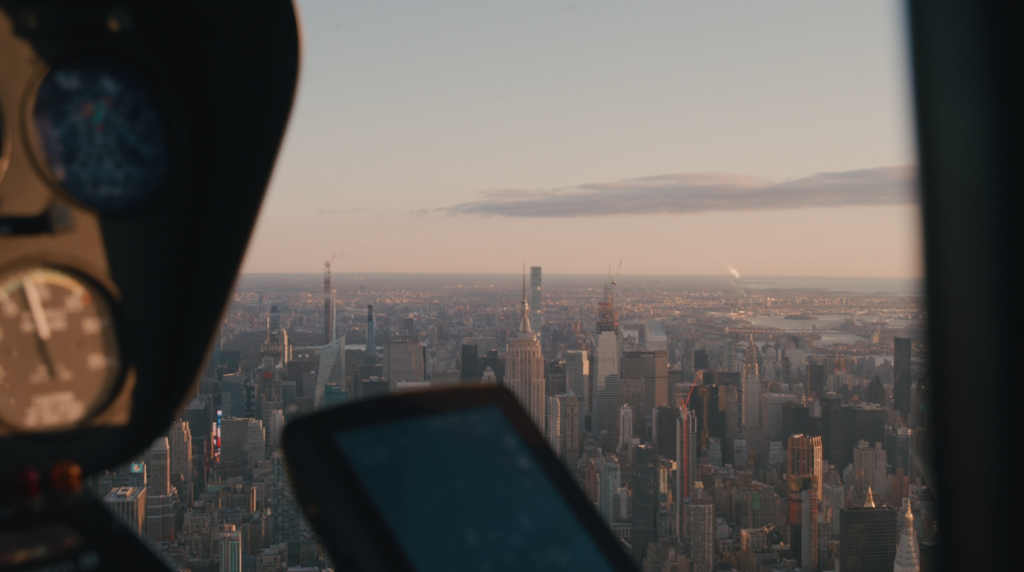

Gimbals come in all shapes and sizes, from small handheld rigs for GoPros to fully-automated systems for heavy cinema cameras. Most are battery-operated, and some can even share a power source with the camera itself.


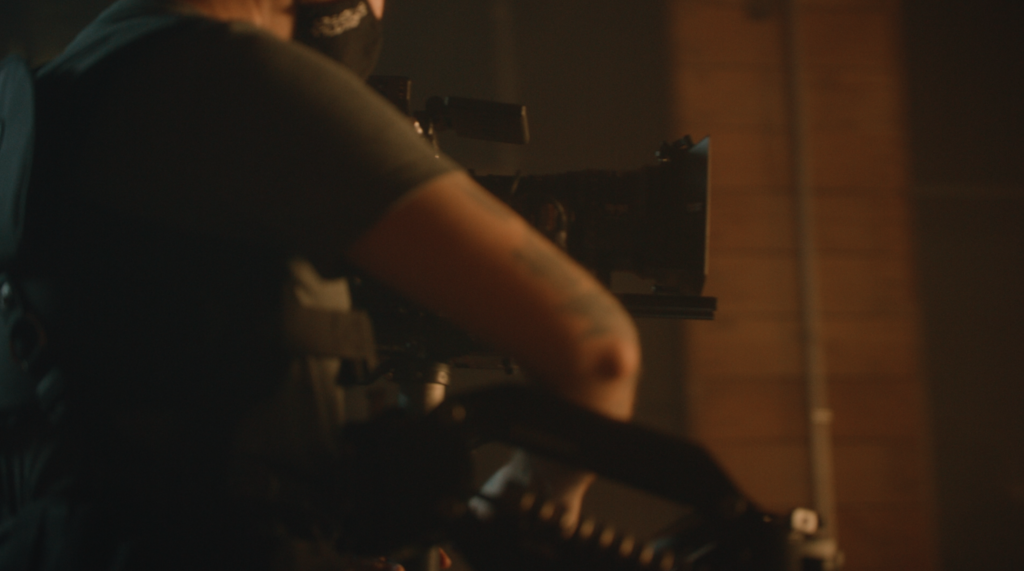
Again, the downside to gimbals is that they weigh a lot and can become uncomfortable to use for long shoots.
But a gimbal is the tried-and-true method to achieve perfectly-smooth handheld camera motion.
Last but not least, the tripod is the most well-known way to rig a camera.
Also known as being “locked off”, this eliminates any motion completely from the shot.

This is great for certain types of interviews, establishing shots, or other situations where you really want to focus on the action in the scene rather than the movement of the camera.
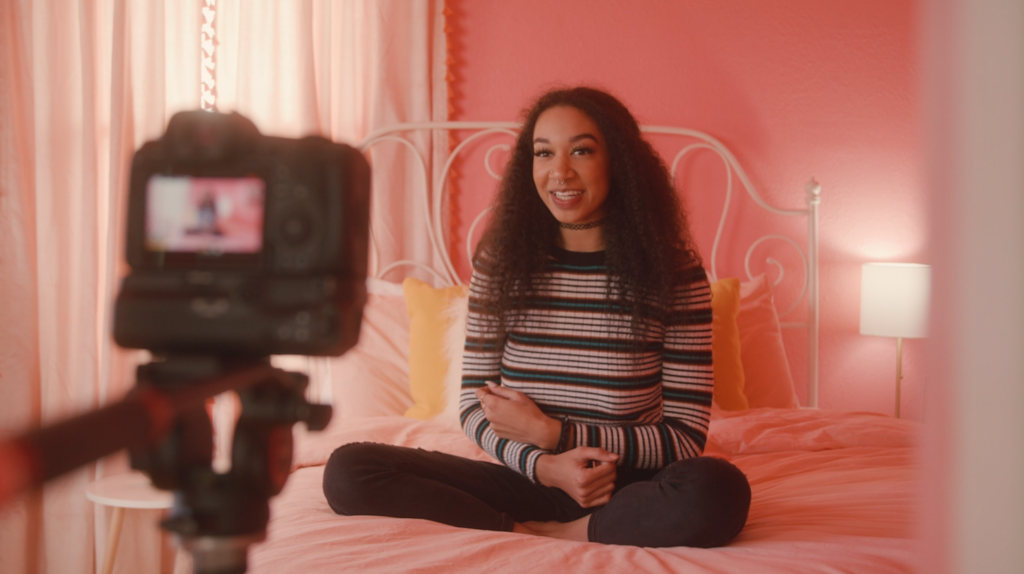

Modern cinematic trends are moving away from static shots more and more, but a tripod is still an essential part of your camera rig toolkit.

Each shot you film will be unique, and there isn’t a one-size-fits-all solution for how to rig your camera for everything.
That’s why it’s important to know how to change your rig depending on the circumstances, and with these common rigs in your toolkit, you’ll be better equipped to bring your storyboard to life.
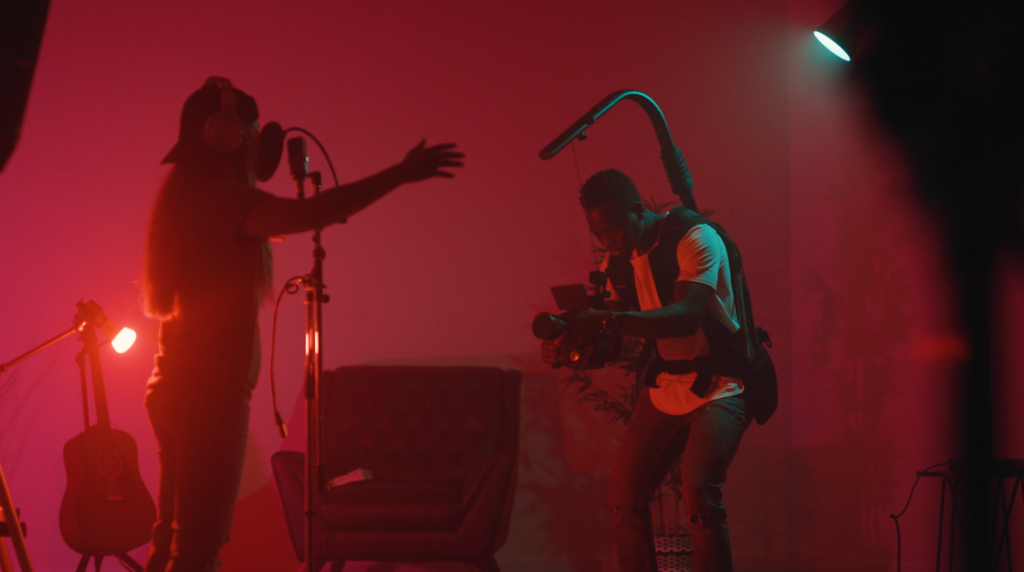

Kevin is the Music Director and Lead Composer at Filmpac.

Want to make money selling footage through a major stock footage platform like Filmpac? This page will walk you through the processs.
Continue Reading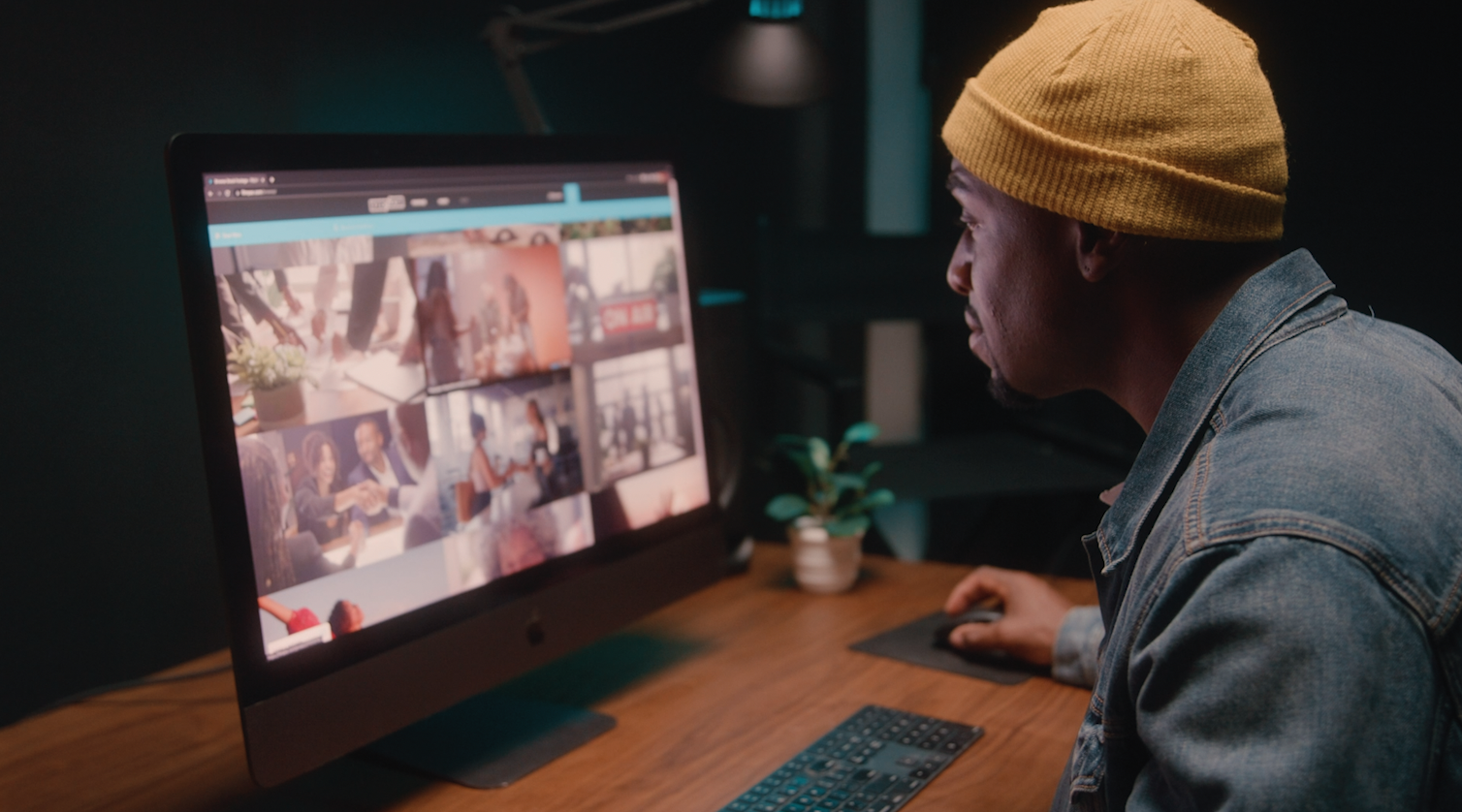
By far, the two most common frame rates in modern American video editing and production are 24fps and 29.97fps. Here's the difference.
Continue Reading
There are 5 main types of camera movement. We break each of them down and show you how they can help you tell your stories better.
Continue Reading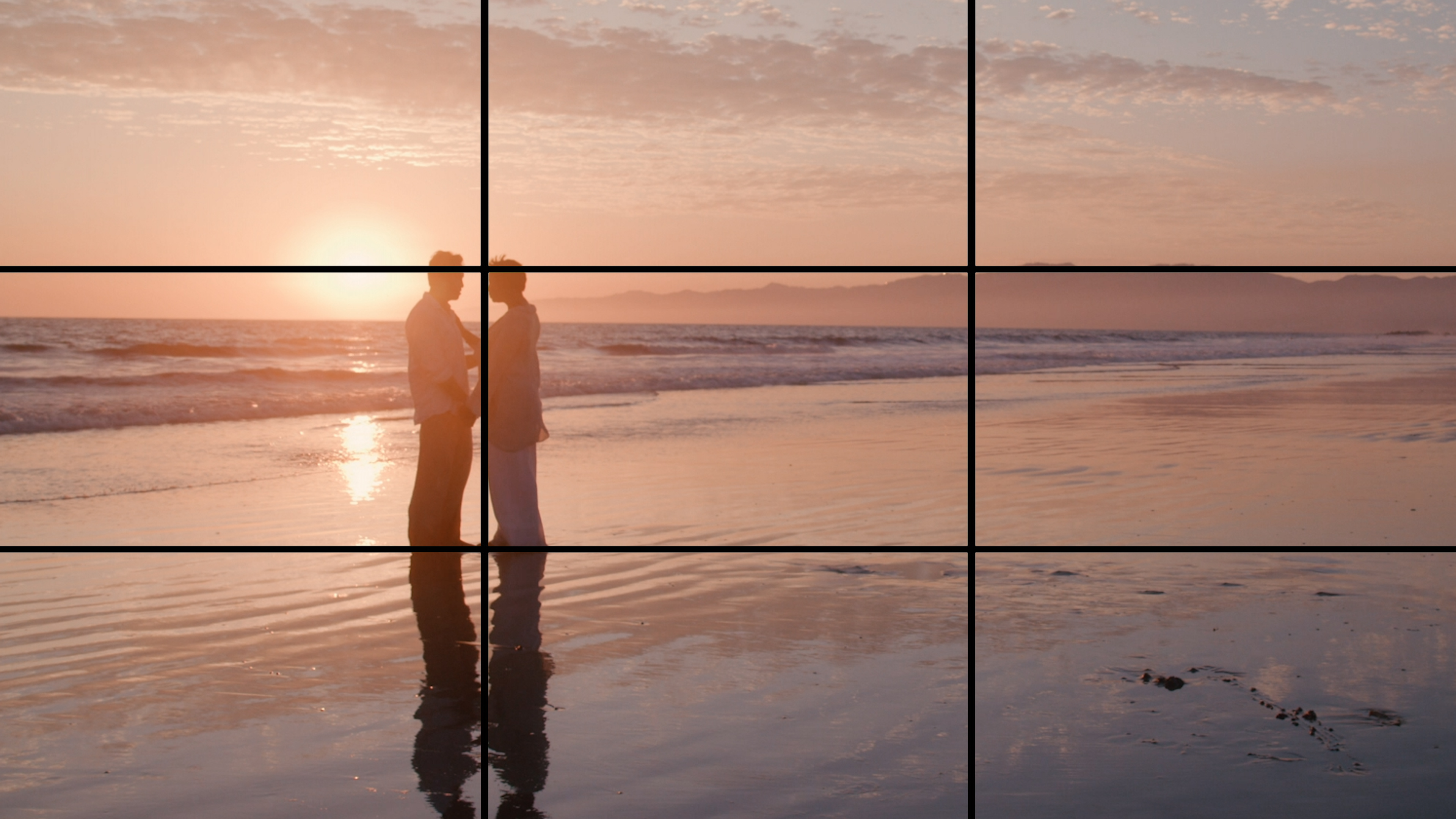
If you’re a photographer or filmmaker, you’ve likely heard of The Rule Of Thirds. here's a guide on how to apply it and when to break it.
Continue Reading

One of the most difficult parts of being a professional filmmaker is effectively managing and budgeting your time.
Continue Reading
Want to make money selling footage through a major stock footage platform like Filmpac? This page will walk you through the processs.
Continue Reading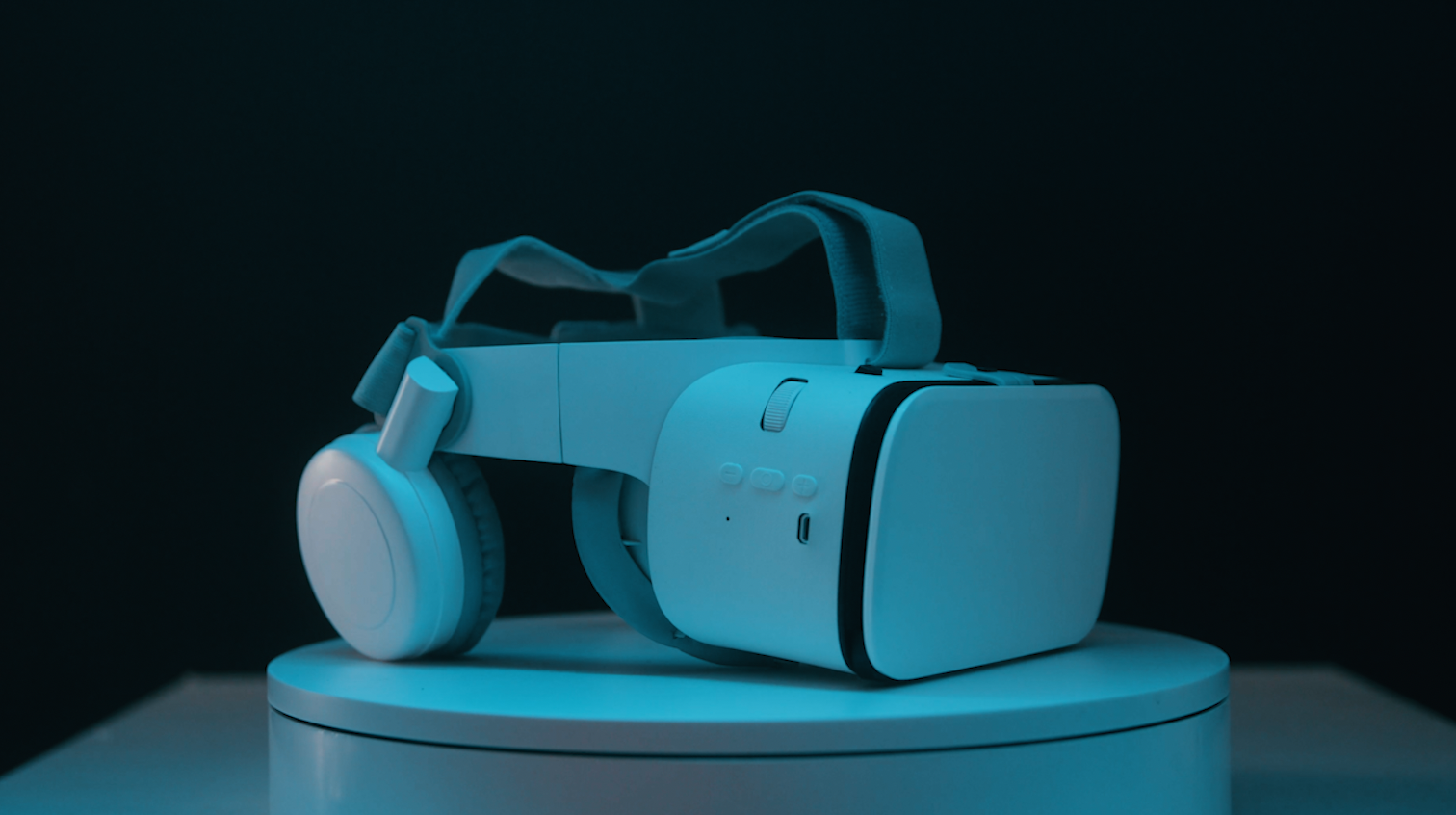
Virtual reality could be the biggest shift in the way we consume our content since the proliferation of the smartphone.
Continue Reading